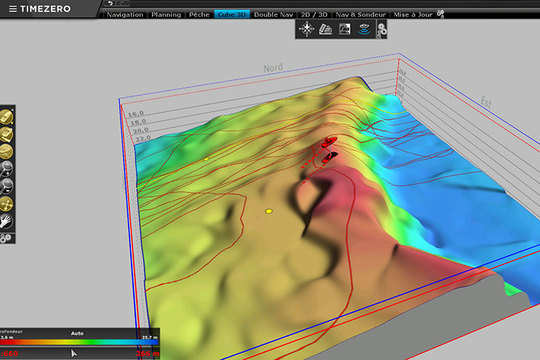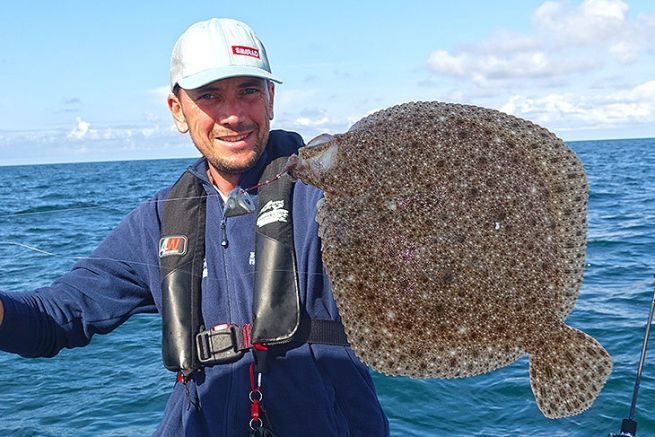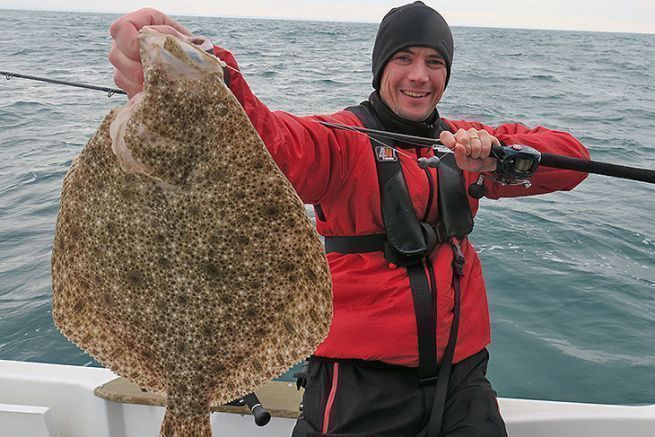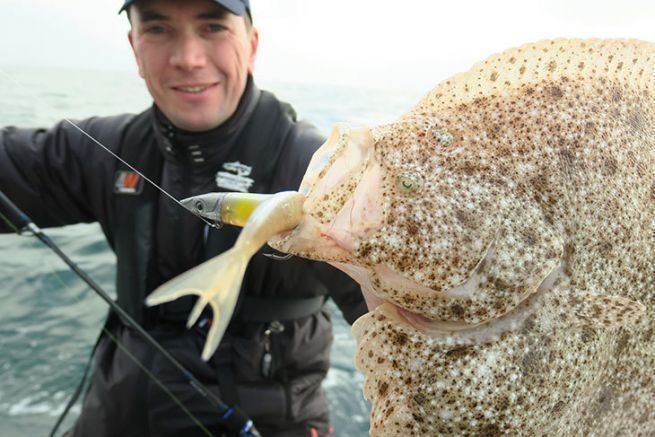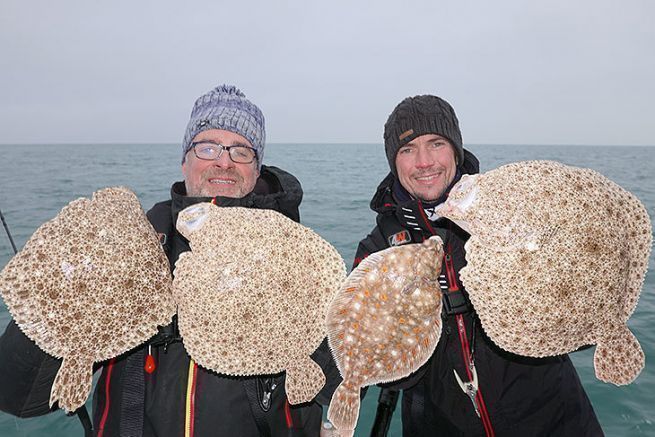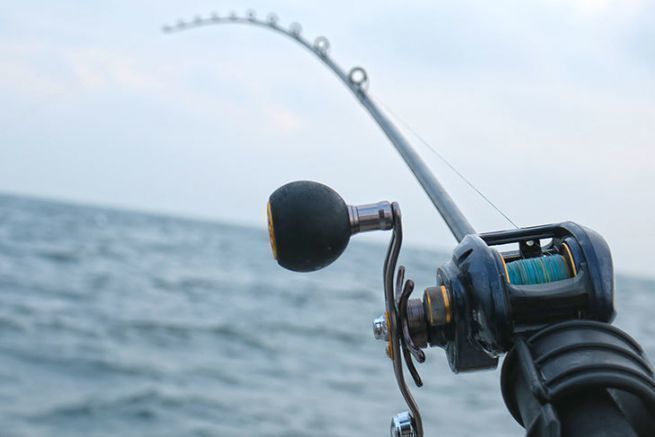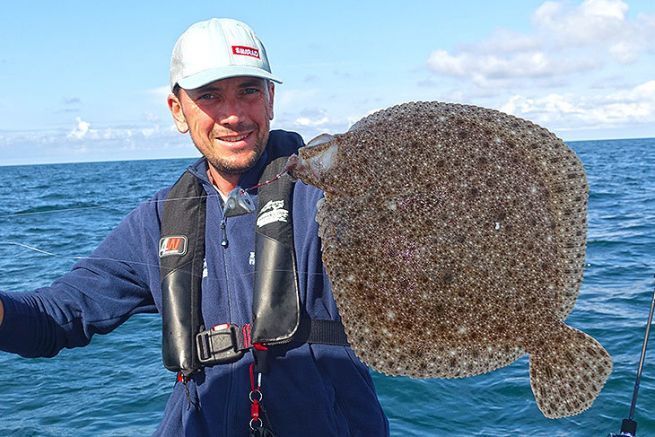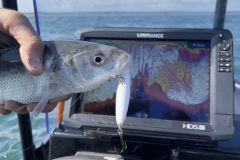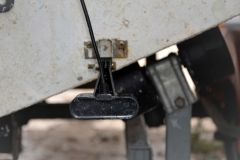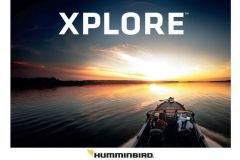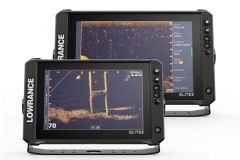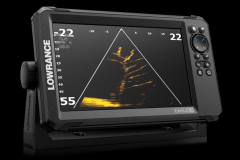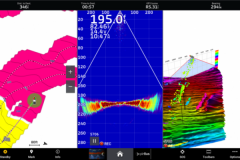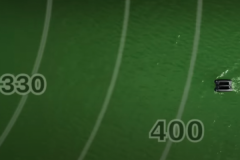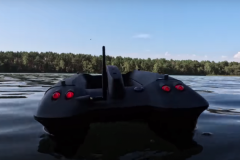Locate the ridens on the map
Turbot are found in a wide range of depths. They can be found in 10 m as well as in 40 m of depth from the coastal ridens to the open sea. Not easy to find the right spot, you may say! And yet, there is a lot of material to refine the search. Indeed, good fishing is often done on the ridens with low slope. More precisely, the drift is better when the boat goes up along the soft slope. A ridens is often marked by a softer rise and a well marked break on the other side. It is necessary to come at the time of tide which brings the boat on the side of the soft slope. The hits then often take place near the top of the ridens. Approaching a ridens by a too marked mound denaturalizes the presentation of the bait or the lure. The turbots are then much less follower.
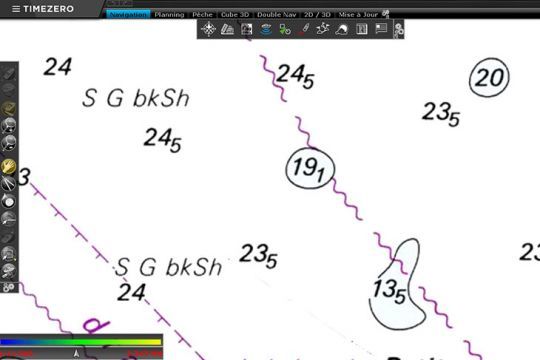
In the example above, the dune in 13.5 m depth is next to a bottom at 23.5 m. It is therefore 10 m high, quite a riden!
Drift on the spot with the sounder
Once the riden is detected on the map, you must go to the spot and discover it with a depth sounder. The latter gives valuable information on the activity of the day. Turbot are not very visible with the sounder. On the other hand, the food they are looking for can be easily spotted. The sand eels form balls which are well visualized by small points. This is an indication of the potential activity of the day.
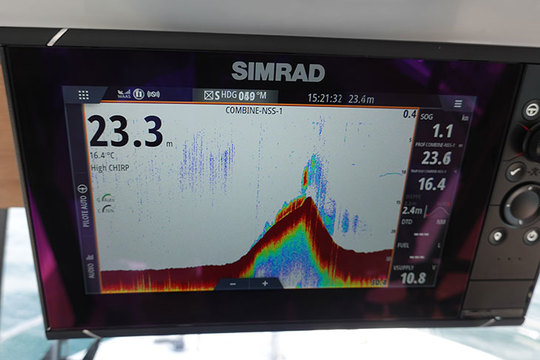
To go further: bathymetry
Time Zero's PBG technology allows you to redraw the bottom as you pass over the fishing spot with the sonar. PBG stands for Personal Bathymetry Generator. Each sounding point is recorded and allows the chart to be rectified to such an extent that the ridens can be redefined in three dimensions to drift on them with a formidable precision. This software is a precursor in this field since professional fishermen have been using it for more than 15 years. It takes into account the current tides: time and coefficient. Whether you are fishing at high or low tide, the software recalculates the bottom of the chart in relation to the zero level. This level corresponds to the position of the sea at the lowest position of a coefficient of 120. Thus, by switching to 3D mode, you can measure perfectly if you are drifting on the steep side of the ridens or on its gentle slope.
